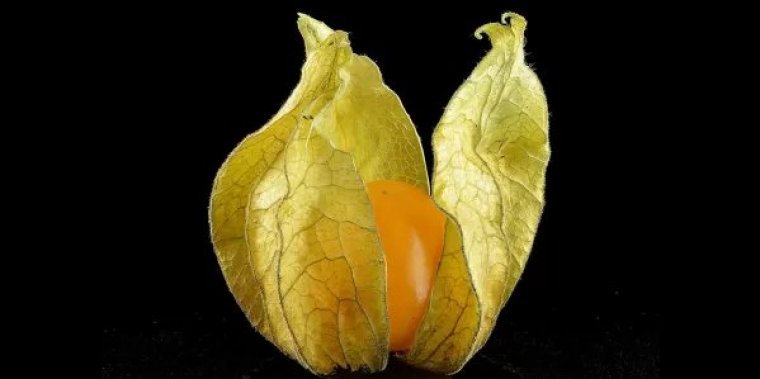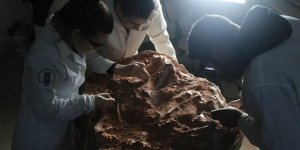| News / Science News |
Turning a backyard plant into a mainstream crop
It looks like a cherry tomato wrapped in a paper lantern, but in fact it's called a groundcherry. Little-known beyond gardeners and farmers, the groundcherry has quietly produced fruit across North America for centuries.

The groundcherry, sometimes called the Cape gooseberry, is a little-known relative of the tomato. Photo: Ivar Leidus
Now it's emerging from relative obscurity and someday may claim a spot on grocery store shelves, thanks to U.S. National Science Foundation-supported research on the plant's genetics.
"Groundcherry is a plant species grown for its flavorful fruit," write Zachary Lippman of Cold Spring Harbor Laboratory and colleagues.
"The fruit drops from the plant, hence the common name groundcherry. This makes harvest cumbersome and puts the fruit at risk for carrying soil-borne pathogens, therefore making them unsellable."
The scientists state that insects also often damage groundcherries, spoiling them before they can get to market.
Advances in gene editing, however, offer promise for addressing these issues, the researchers say, "expanding access to this nutritious fruit, rich in potassium, vitamin C, and antioxidants."
YOU MAY ALSO LIKE





